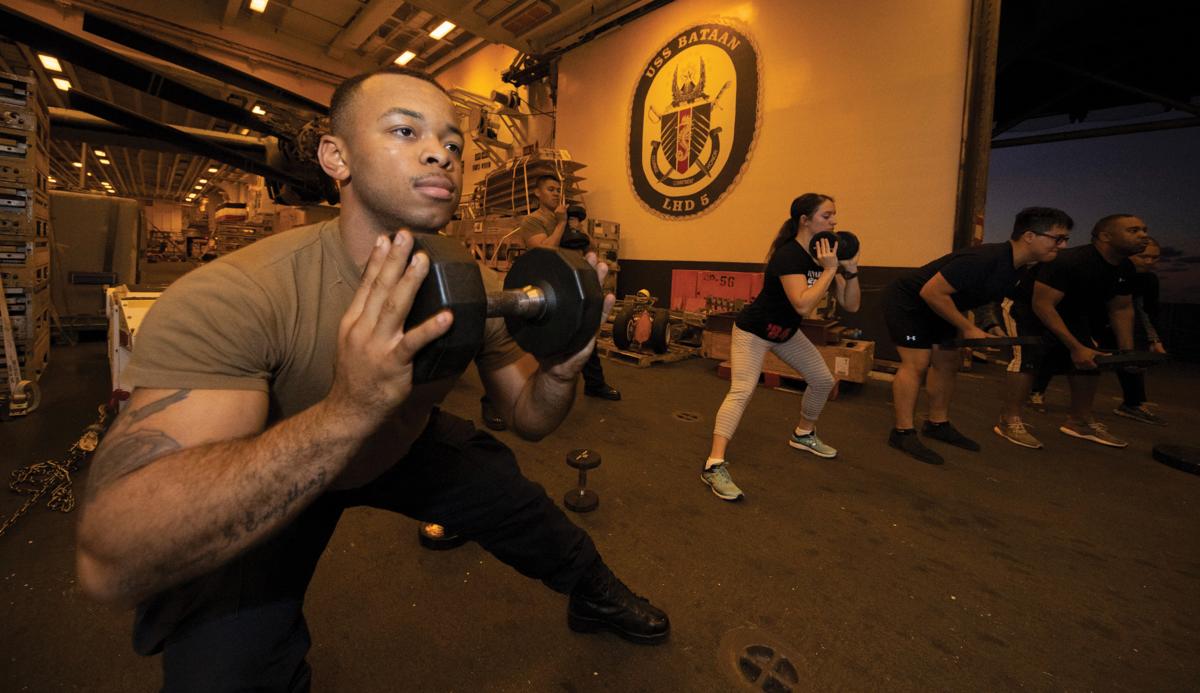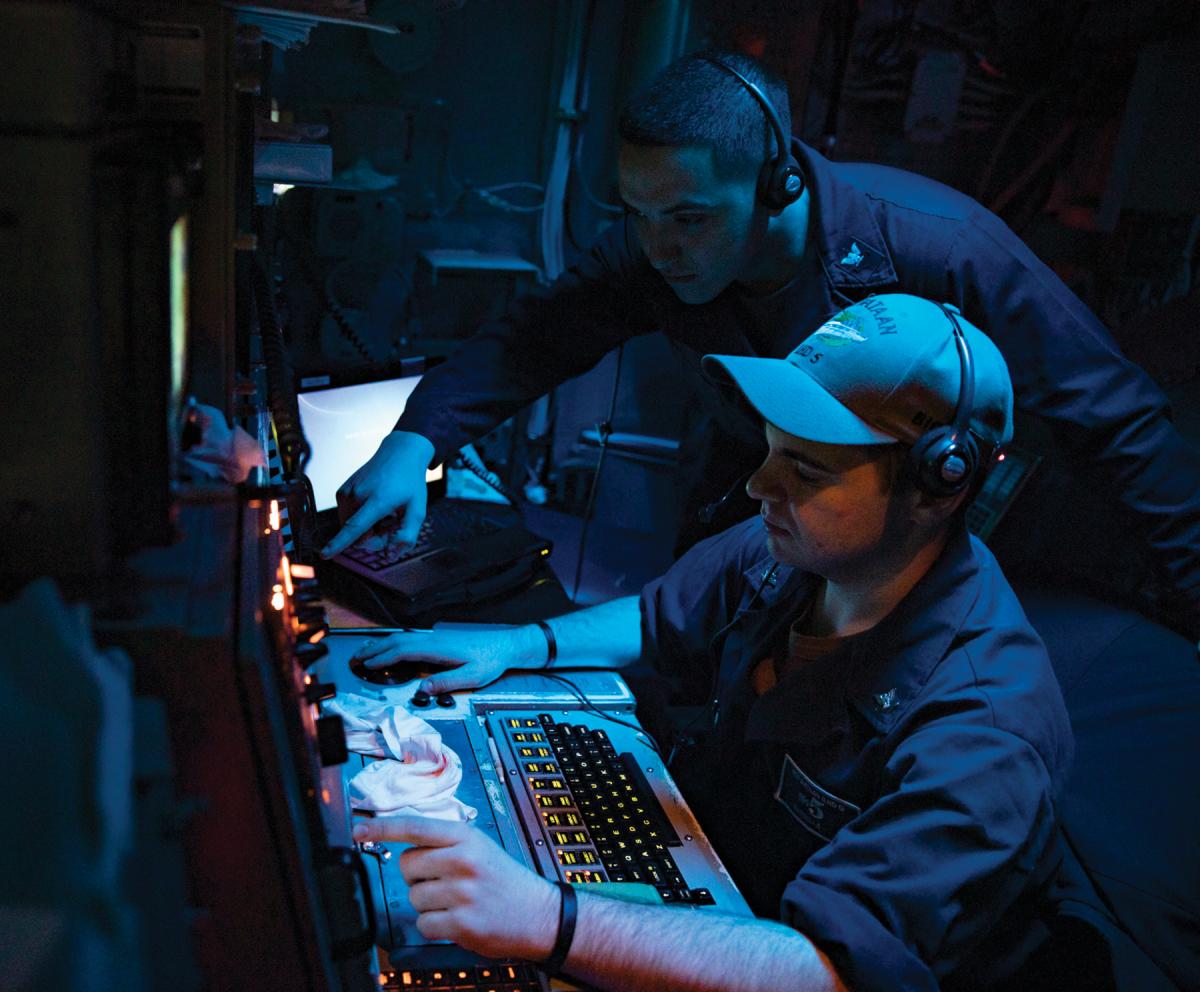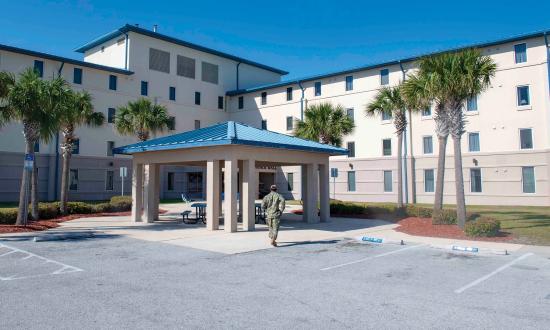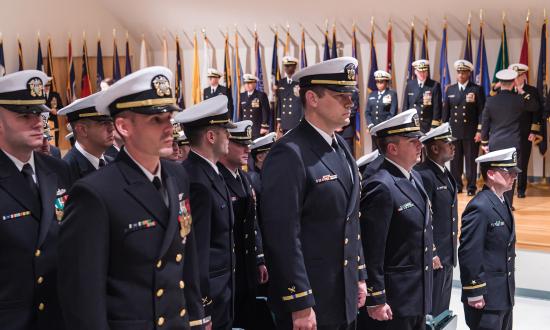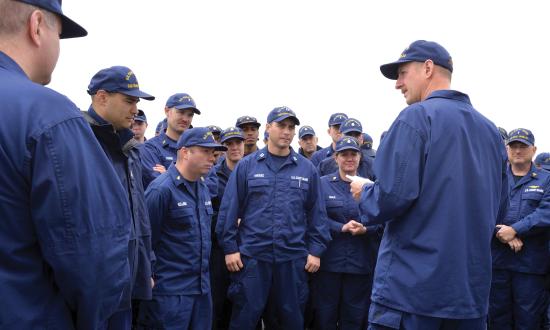The Navy’s current means of assessing and evaluating unit readiness is centered on the objective determination of its ability to meet mission-essential, task-based criteria. Quantifying and establishing the capacity of a group of personnel to meet the tactical needs of the Navy, while ascertaining their proficiency operating both as individuals and as part of a group, is not without utility. However, every broad determination of a unit’s readiness can miss smaller, more acute variables that also affect readiness.
Individual skills, such as schools and personnel qualification standards (PQS) completion, are (along with medical readiness) sufficient to determine a unit’s ability to successfully man the watch and account for the transfer of key watchstanders during a deployment. However, this limited visualization of “individual readiness” misses a key element: lethality. “Individual lethality” is not addressed substantively by the Navy’s current training continuum or promotion system. Furthermore, incorporating assessments and accompanying metrics to gauge individual lethality can better inform commanders about shortfalls in their units that may affect their ability to fight. As a force restructuring and strategizing for a great power conflict, the Navy cannot deny the importance of individual lethality and its key constituents: physical and mental fitness.
‘Lip service to Lethality’
Before the Navy can have a meaningful discussion on lethality as a metric, the service must address the primary detriment to building better warfighting crews and units. “Lip service to lethality” is the toxic practice of professing to care about the individual-level qualities and skills of a force that enable it to sustain and inflict damage in combat, while implementing programs and policies that detract from these qualities. This also can include selectively ignoring the lack of such qualities in some personnel to help them advance or attain certain qualifications.
A solution to this problem could be to integrate physical-fitness testing scores into the Navy’s advancement system. This could include awarding points for outstanding performance on the Navy’s physical fitness tests and looking unfavorably on poor performance (not just failures, but average performance on the body composition and physical fitness tests). Invariably, this practice would cause a fundamental shift in the way Navy personnel view their duty to maintain an above-adequate physical state of readiness.
Physical Lethality
A 2019 defense study found the Navy to be the most obese branch of the armed forces. When considering lethality, this is a distinction that the service should not tolerate—for physiological, tactical, and even historical reasons. The Navy should not discard such fundamental military qualities as physical fitness just because this is a systems-dominated world.
The utility of even a basic level of physical health cannot be denied during combat, be it on land or at sea. Multiple clinical studies and meta-analyses indicate that exercise decreases risk for depression, anxiety, fatigue, and cognitive impairment.1 However, almost a quarter of current Navy personnel are considered medically obese.2 Does the Navy simply not care about the widely accepted military quality of physical fitness? This facet of lethality dictates that, even if a military occupation mostly involves staring at a screen in a combat information center or conducting system maintenance, there may come a day when sailors are asked to perform tasks well outside the scope of their typical duties to win the fight. Thus, readiness does not only mean how many ships, aircraft, and submarines the Navy has, or how advanced the systems that comprise them are, but also how physically prepared servicemen and women are for swift action and violence.
Physical preparedness can easily be quantified using physical fitness test (PFT) data integrated into assessments to yield a measurement of physical readiness, with higher echelons of command holding their subordinates accountable for performance in this area. Subsequently, integrating fitness test performance into the Navy advancement system would motivate sailors to get fit and put a needed emphasis on physical capability as a requisite for holding a leadership position.
Mental Lethality
If one were to spark a conversation regarding the Navy’s enlisted warfare specialist qualification programs with a crowd of older, more seasoned enlisted sailors, one likely would hear about the lowered standard and criticism of the removal of advancement points awarded for attaining qualifications. Both these complaints are undeniable in some aspects. Warfare qualifications enable sailors to earn wearable insignia that require them to learn information that is critical to the mission but may be outside their individual occupational specialty. Essentially, warfare qualifications play into the mental fitness aspect of lethality. Knowing enough about not only one’s job, but also the mission and tasks of the unit, will enhance lethality and further mission success.
However, current standards for attaining these qualifications must be increased, with a greater emphasis placed on awarding them to the most competent and knowledgeable personnel. Potential changes to achieve this could be the promulgation of oral board proficiency requirements at 90 percent as opposed to the traditional 80 or 75 percent; incorporating standardized online testing for qualifications; and revising common core PQS to include a greater breadth of proficiency areas.
‘Sailors Matter Most’
The physical and mental aspects of lethality need not be mutually exclusive; having a higher than average physical readiness test score can be applied to warfare qualifications in the same way that advancement can. Subsequently, these shifts benefit one another. A composite of both changes would ensure that those who are advanced and recognized as warfighting specialists are the best the Navy has to offer. Furthermore, the warfare specialty program is based on fundamental, system, and watch-station knowledge, trained by one qualified in the relevant technical area. If the Navy wants to emphasize the quality of this training, it must enforce a universally higher standard for warfare qualifications.
Ultimately, people, not systems, will decide the outcome of a future conflict. As the late Captain Wayne Hughes says in Fleet Tactics and Coastal Combat: “Sailors matter most.” Today, this adage becomes all the more important if the Navy is to prepare for a near-peer conflict. The Navy must integrate lethality as a metric to establish unit readiness, while taking steps to refine its processes for encouraging and generating combat power at the individual level. Physical and mental readiness must be emphasized if the force is to continue to enjoy supremacy on the seas and success in combat.
1. Chad D. Rethorst, Bradley M. Wipfli, Daniel M. Landers, “The Antidepressive Effects of Exercise: A Meta-analysis of Randomized Trials,” Sports Medicine 39, no. 6 (2009): 491–511; Chad D. Rethorst, Bradley M. Wipfli, Daniel M. Landers, “The Anxiolytic Effects of Exercise: A Meta-analysis of Randomized Trials and Dose-Response Analysis,” Journal of Sport Exercise Psychology 30, no. 4 (August 2008): 392–401; Helaine E. Resnick, Elizabeth A. Carter, Mark Aloia, Barbara Phillips, “Cross-sectional Relationship of Reported Fatigue to Obesity, Diet and Physical Activity: Results from the Third National Health and Nutrition Examination Survey,” Journal of Clinical Sleep Medicine 2, no. 2 (April 2006): 163–69.
2. J. D. Simkins, “This Branch Takes the Cake as the Military’s Fattest,” Military Times, 3 September 2019.



